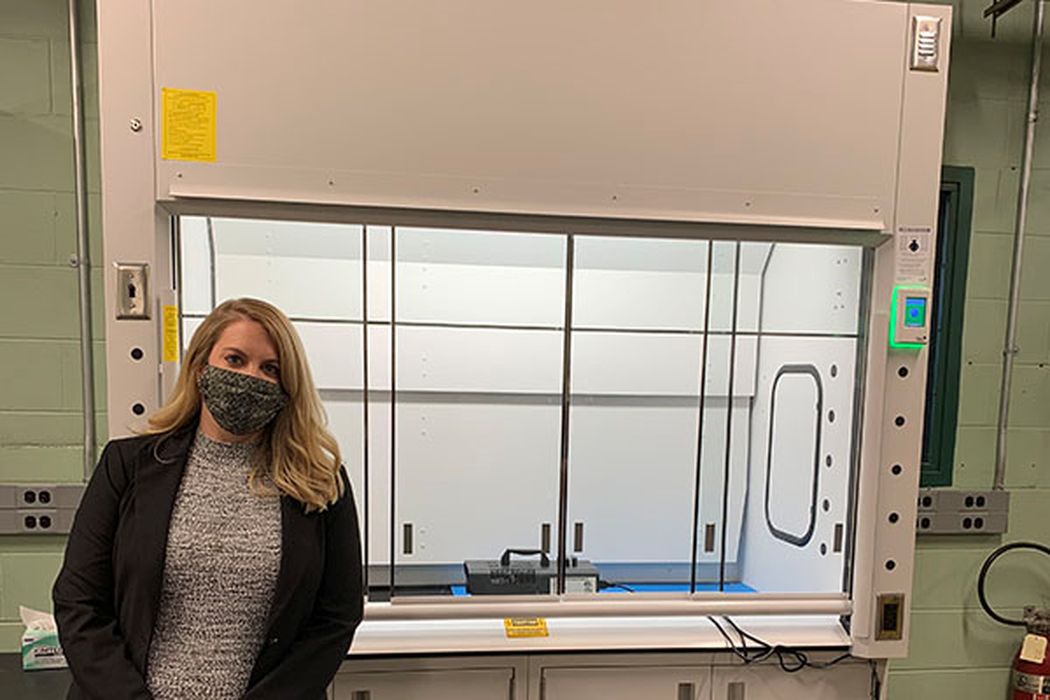
Charles R. Goulding and Preeti Sulibhavi discuss the recent COP28 climate conference and how the HVAC industry can help reach energy efficiency goals with 3D printing.
The recently concluded COP28 climate conference in Dubai resulted in a multinational consensus on some major policy goals. The first agreement included the major oil companies with a commitment to reduce methane from oil fields and natural gas production and distribution emissions. The second agreement is to be signed by 120 countries and bring renewable generation to at least 11,000 gigawatts by 2030. The third commitment is to double the annual increase in energy efficiency improvements from 2 percent per year to 4 percent per year. Energy efficiency is sometimes referred to as the “First Fuel” since it results in actual energy and emission reductions.
The COP28 attendees recognize that the largest component of building energy consumption is HVAC. The large HVAC energy efficiency reduction hoped for at COP28 is clearly a reach goal. For the HVAC industry to achieve this goal will require an advanced level of new generative product design where 3D printing can make a major contribution. Some of the major US HVAC OEM equipment manufacturers are endeavoring to create HVAC products that are more energy-efficient than today’s product offerings.
Trane
Trane has been collaborating with Oak Ridge National Lab (ORNL) in Tennessee on utilizing 3D printing technology for more energy-efficient HVAC components. ORNL is a leader in 3D printing and believes the technology can revolutionize the manufacturing of heat exchangers, air flow components, and other parts by enabling more complex geometries. Trane and ORNL have already reduced emissions from a heat exchanger design by over 20% through 3D printing optimizations.
Carrier
Carrier has been positioning itself to become a global pure-play HVAC supplier since the United Technologies spinout. Recent major 2023 developments include the purchase of Veissmann, the leading European heat pump manufacturer, in April 2023 for over US$13 billion and the December 2023 sale of its large Global Access safety-related business segment to Honeywell for US$4.95 billion. The Global Access sale fetched a higher price than anticipated, fortifying Carrier’s HVAC focus.

Johnson Controls Inc.
Johnson Controls Inc. (JCI) has a global energy business with expertise in building controls. Once a building has energy-efficient equipment installed, the next step is controls that further optimize efficiency across all energy consumption.
JCI is supporting efforts at Purdue University to utilize 3D printing to reduce emissions. Researchers at Purdue have developed an innovative 3D printed venturi flow controller that can be quickly custom-designed and printed for HVAC systems in commercial buildings. By optimizing these controllers for specific applications, significant energy savings can be achieved. JCI is providing Purdue with industry expertise and funding to further develop this technology.
JCI is also utilizing 3D printing for creating custom HVAC ducting right at construction sites. By leveraging mobile 3D printers, installers can print optimized ductwork tailored for that building’s layout rather than relying on generic duct configurations. This custom ductwork further improves HVAC efficiency.
Through collaborations with universities and implementing advanced manufacturing techniques like 3D printing, JCI is striving to reach the ambitious energy efficiency goals set out at COP28. Their expertise in building controls paired with innovations in component design will help drive the HVAC industry forward.
In addition, JCI has partnered with Elevate Systems to design and develop a field retrofit kit for a grease bleeder valve to capture grease that escapes from HVAC systems. The concept was to design 3D models of the prototypes, print them in-house and then after approval, proceed with production units. This kit is now a production asset for field retrofits for JCI systems.
Danfoss
Danfoss, a major global HVAC equipment supplier, made its presence known at COP28 by affirming support for the HVAC cooling energy commitments. Danfoss is a major supplier of VFDs or Variable Frequency Drives which optimize fan speeds for chillers, rooftop units, and other motors, significantly reducing energy use. Danfoss also provides VRF or Variable Refrigerant Flow technology, which is excellent for reducing residential building energy consumption. Danfoss is utilizing 3D printing for customized enclosures, brackets, and clamps across its product lines.

63 countries also signed the cooling pledge to cut related emissions 68% by 2050, achievable through energy efficiency, clean refrigerants, and renewable electricity.
Overall, the commitments signal positive momentum but still fall far short of the reductions needed to reach net zero emissions and limit warming to 1.5°C according to the IEA. So COP28 moves the needle in the right direction but much bigger strides are imperative.
The Research & Development Tax Credit
The now permanent Research & Development Tax Credit (R&D) Tax Credit is available for companies developing new or improved products, processes and/ or software.
3D printing can help boost a company’s R&D Tax Credits. Wages for technical employees creating, testing and revising 3D printed prototypes can be included as a percentage of eligible time spent for the R&D Tax Credit. Similarly, when used as a method of improving a process, time spent integrating 3D printing hardware and software counts as an eligible activity. Lastly, when used for modeling and preproduction, the costs of filaments consumed during the development process may also be recovered.
Whether it is used for creating and testing prototypes or for final production, 3D printing is a great indicator that R&D Credit eligible activities are taking place. Companies implementing this technology at any point should consider taking advantage of R&D Tax Credits.
Conclusion
COP28 enjoyed a record attendance of 84,000 global participants this year. The HVAC industry was front and center and has tremendous opportunities to utilize 3D printing technology to reach its ambitious energy efficiency goals by creating new energy-efficient equipment designs.
